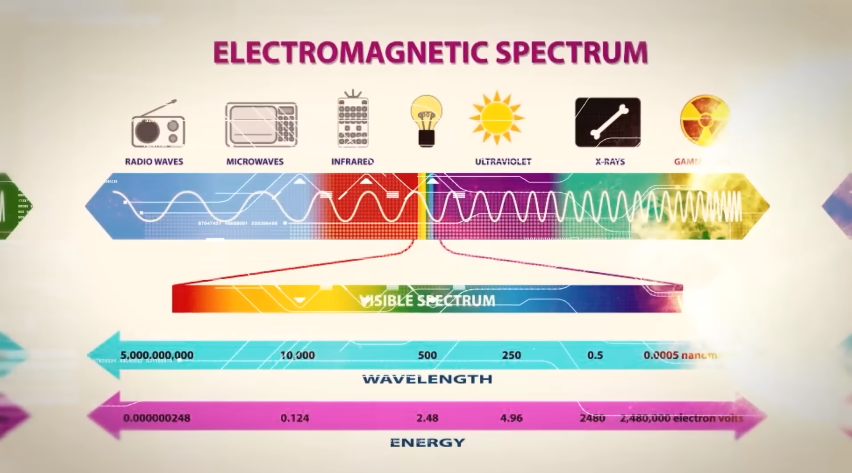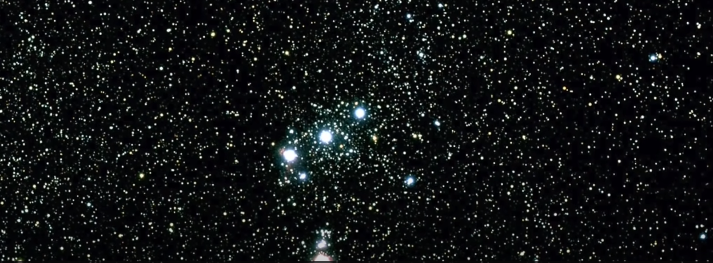ISRO launch new mission Aditya L1 It has not even been two weeks since the story success of Chandrayaan 3 has but once again, ISRO is going to create history.
Aditya L1 mission.
Today ISRO is not looking at the moon but the sun. Let’s understand this mission in depth. Aditya L1 is India’s first mission to study the Sun specifically. But like Chandrayaan 3 landed on the moon Aditya L1 will not land on the Sun.
In fact it will be observing the Sun from a distance. in fact, this spacecraft will be closer to the Earth than the Sun during mission. Specifically speaking after the launch, it will go 1,500,000 km away from the Earth and will orbit from the Lagrange point L1 in a halo orbit. It will take about four months to reach that point and once it reaches there, it will stay there for five years and observe the Sun. That’s why it is not just a spacecraft how do I space observatory. Now the first question is that comes to our minds is what is the Lagrange point?
Lagrange Point
Lagrange point are those unique points in space where the gravitational force of two celestial bodies balance out. If we consider the Sun and the Earth, we get five Lagrange points.

These are the point where if we send a spacecraft the orbital motion of the spacecraft the centrifugal force will be cancelled out by the gravitational force of the Earth and the Sun.
How this Device worked?
First benefit, We get stability. Whatever spacecraft we send to the Lagrange point, we don’t have to make almost any effort to maintain it at that point. Spacecraft will be conserve fuel and with the Earth’s revolution around the Sun, longer missions can be carried out with this.
The second benefit is continuous observation. If we take the example of Lagrange point L1, anything that we send to L1 will be continuously position

From where both the Earth and the Sun can be observed. And the Sun and the Earth will never be hidden in each other’s shadows. Just think about it, then we send a spacecraft to a lunar orbit like the Chandrayaan 3 or if we send one to earth’s orbit, by revolving around the moon, the Earth is hidden every so often. Similarly, by revolving around the Earth, the Sun will get hidden.
That’s why language point are so important and Aditya L1 will be placed at the L1 position. That’s were it got its name, Aditya L1.
NASA & ESA Mission
The other space agencies that have sent solar observatories before this have been placed at L1. Like the solar and Heliospheric Observatory. In short, SOHO. This was a giant mission between NASA and the European Space Agency.
L1 and L2 are the most important Langrange points because they are closest to the Earth. The famous James Webb space telescope has been placed at L2 point. Can you guess the reason?
Reason to why L2 point Chose?
At L2 point, the Sun will be hidden behind the Earth. And because this telescope has to see light years away with the depths of the universe, it is a necessity to cover up the sunlight so that there is no interference. That’s why the L2 point was chosen here.
But getting back to Aditya L1 what will you study about the Sun?
Aditya L1 Study About Sun
To understand this, we need to know a little about the Sun. The sun of our solar system is the diameter is 109 times bigger than earth’s. It weights 333,000 times more than earth. If you want to visualize in Sun’s size in comparison to Earth’s size, so listen.
1.3 million earths can fit in a Sun. Just like there are different layers in the earths, core, mantle and crust, similarly, there are different layers in the Sun as well. There is a core in the Sub as well. Nuclear fusion reactions take place in the core where hydrogen and helium gases converted into energy. This energy produces sunlight and heat which we feel on the Earth as well..
The core’s temperature can reach up to 15,000,000°C . Right outside of it is radiative zone. 70% of the Sun’s radius is formed by the radiative zone. Then comes the convective zone. Approximately 30% of the Sun’s radius hear energy is transferred through convection. That’s why it is called so. After this comes the surface of the Sun which we have named the photosphere. Here the temperature is relatively colder, 5500°C only. Above this there is a layer of chromosphere, where the temperature starts to rise again. It starts at 6000°C and rates up 20,000°C as you go up..
Then there is a thin layer called the transition region and after that comes the outermost layer of the Sun which is called a corona. This Corona has nothing to do with the coronavirus. The Corona layer contains extremely hot plasma 1-3 million degrees Celsius. One question you might ask is why is the core of the sun so hot but the surface get colder, and the corona layer gets so hot again.
Before moving ahead, I would like to praise you all for spending your time reading such educational articles or research papers. Because there are thousands of ways to waste time on social media. Before such article or research articles increase your knowledge. It is that right investment of your time.
Reason Sun’s Core hot
What is the reason that Sun’s core is so hot but the surface gets colder and the Corona Layer gets hot again? This question is still a mystery for scientists. It is possible that Aditya L1’s space mission will reveal some secrets here. Scientists have their own theories about the reason behind this.. But for sure, no one knows the exact reason.
What isWhen we see the Sun from the ground, we usually see the layer of photosphere. But when there is solar eclipse, we see a reddish glow around the solar eclipse. That is the Chromosphere layer and during the total solar eclipse that layer is also hidden it forms a faint halo around the sun.
Aditya L1 Study Sun’s Three Layers
Aditya L1’s mission is to study the three top most layers of the Sun. Photosphere, chromosphere and Corona. But how will this be done, millions of kilometers away from the Sun? Before talking about the instruments on it, we have to understand the things emitted by the Sun. First of all, we all know that heat and light is emitted by the Sun, this is very obvious.

Apart from this, all kinds of electromagnetic radiation are emitted by the sun. Not only are visible light which we see with our naked eyes but also ultraviolet radiation, ultraviolet rays which can cause skin cancer, infrared radiation, radio, waves, x-ray, gamma rays. X-rays and gamma rays are also harmful radiation, but I would ask atmosphere protect us from them.
But apart from all these, the sun also emits solar wind. Solar wind is basically a huge wave of charged electrons and protons. When the solar wind interacts with earth’s magnetic field, we get to see the Northern Lights.

Apart from this, the Sun emits Coronal Mass Ejection, CMEs. These are the big bursts of the solar wind and magnetic fields. And then the Sun sometimes emits solar flares, which are the intense flashes of light and energy. In many science-fiction’s movies solar flares are mentioned. Like in films like 2012 and knowing, there is a horrific solar flare, which ends up destroying the world.
Aditya L1 Instruments
To measure all these things, these are seven instruments installed on Aditya L1, which can be called the 7 payloads.
- First visible emission line coronagraph or VELC in Short. It will study the Corona layer and observe the Coronal mass ejections.
- Second solar ultraviolet imagine telescope or SUIT in short. It is tasked with imagine the Sun’s photosphere and chromosphere in the ultraviolet spectrum.
- Third solar low energy x-ray spectrometer or SOLEX in short.
- Fourth High energy L1 orbiting x-ray spectrometer or HEL1OS in short. Both of them will study the x-rays emitted by the Sun. Specially, the x-ray emitted during solar flares.
- Fifth Aditya solar wind particle experiment or ASPEX in short.
- Sixth plasma analyzer package for Aditya or PAPA in short. These two will study the solar wind.
- Seventh and last payload is the magnetometer MAG, which is used to measure magnetic fields. The magnetic fields that reach this L1 point.
4 out of these 7 payloads will directly study the sun and the remaining 3 payloads will take measurements around the L1 point. By now, you must have understood that to take these measurements it is necessary to get out of the Earth because the earth’s atmosphere prevent lot of radiation, x-rays and other things from reaching the Earth.
Which is good for human but not good enough to actually study them. Talking about the other missions related to the sun. In 2018, NASA Launched the Parker Solar Probe in collaboration with the European Space Agency. It’s purpose was to make direct contact with the Sun’s Corona layer.
Apart from this, there was a solar orbiter, which was launched by NASA and European Space Agency in 2020. All of them had the same purpose to understand a sun better. Specially, the harmful rays that are emitted by the Sun. To understand them better.

